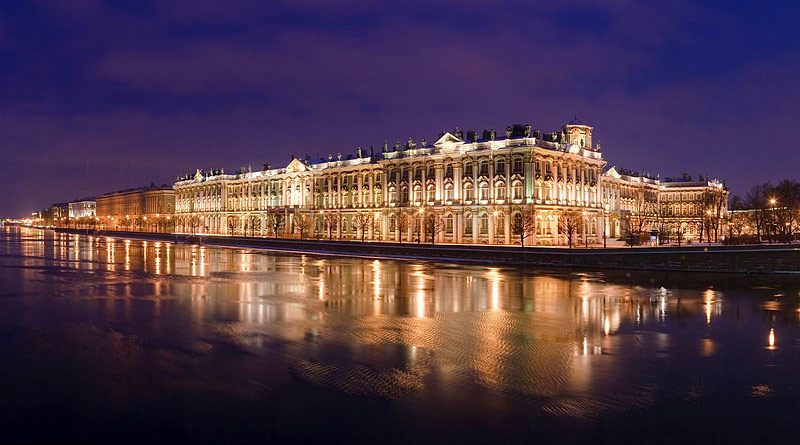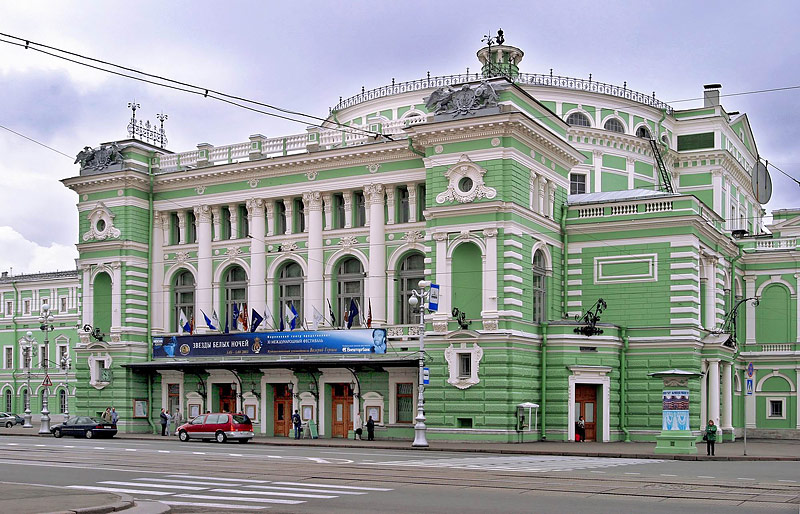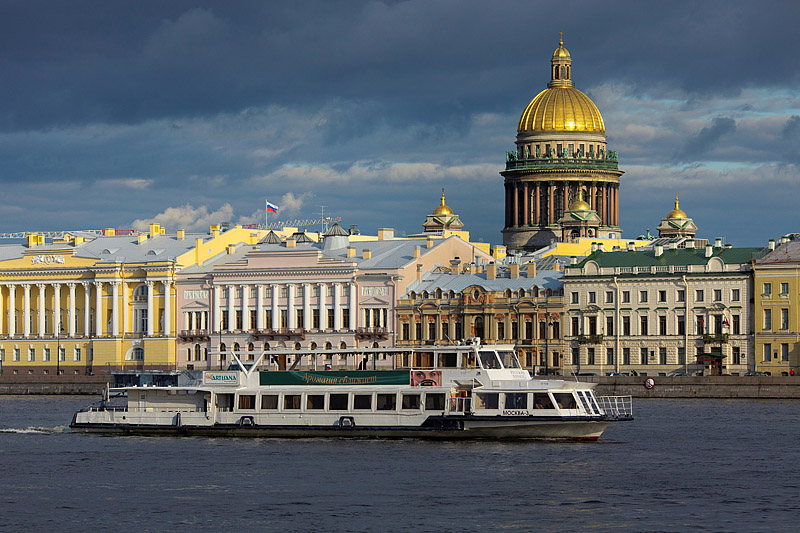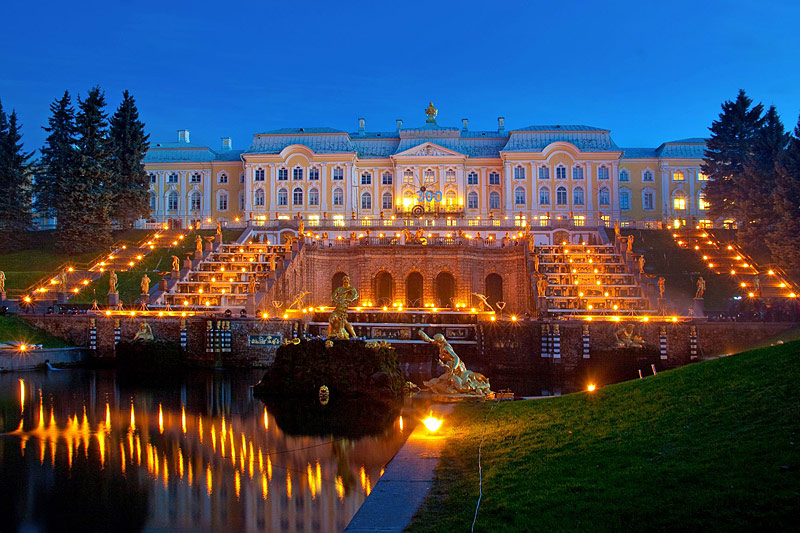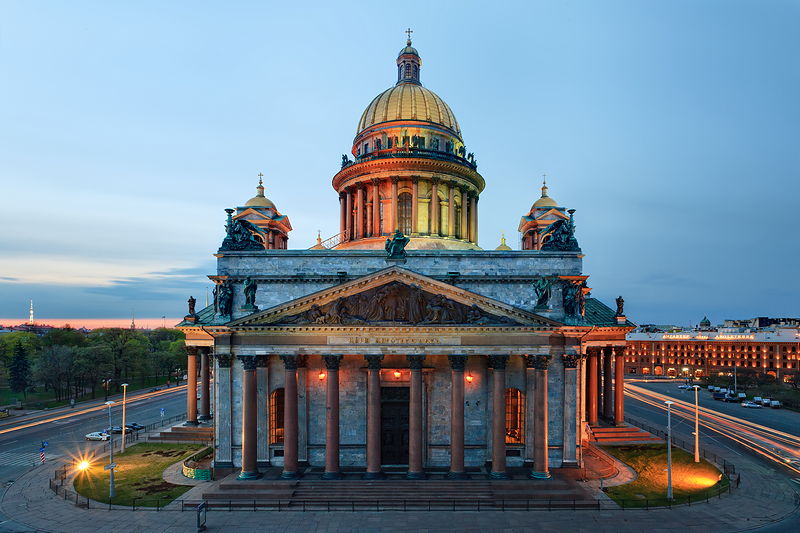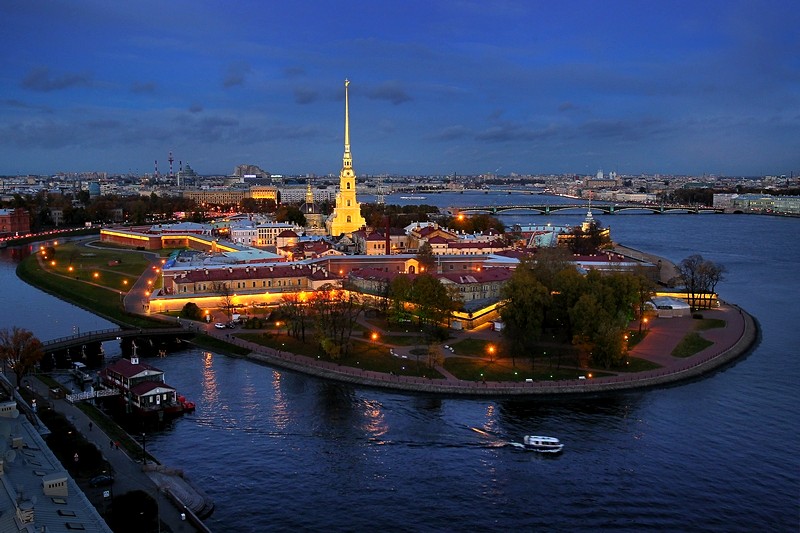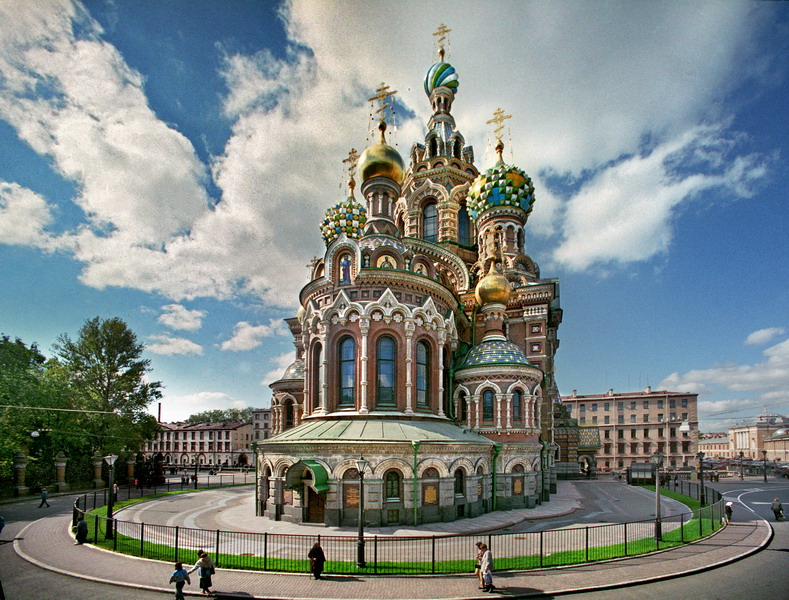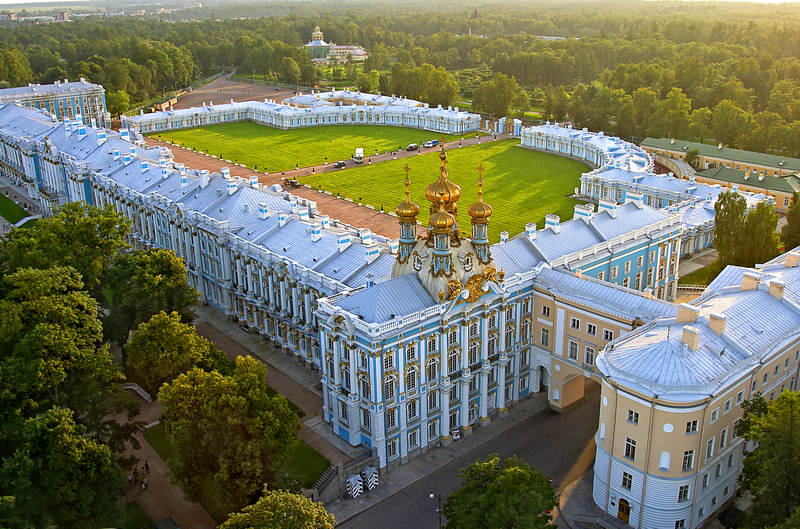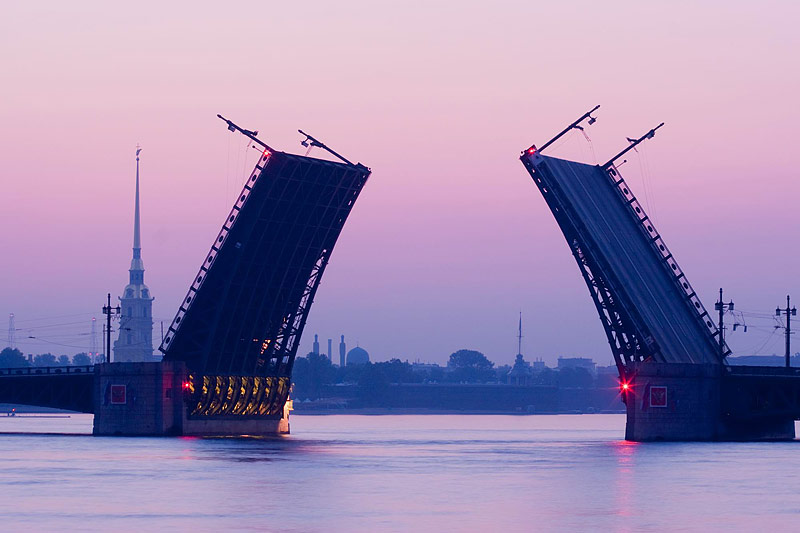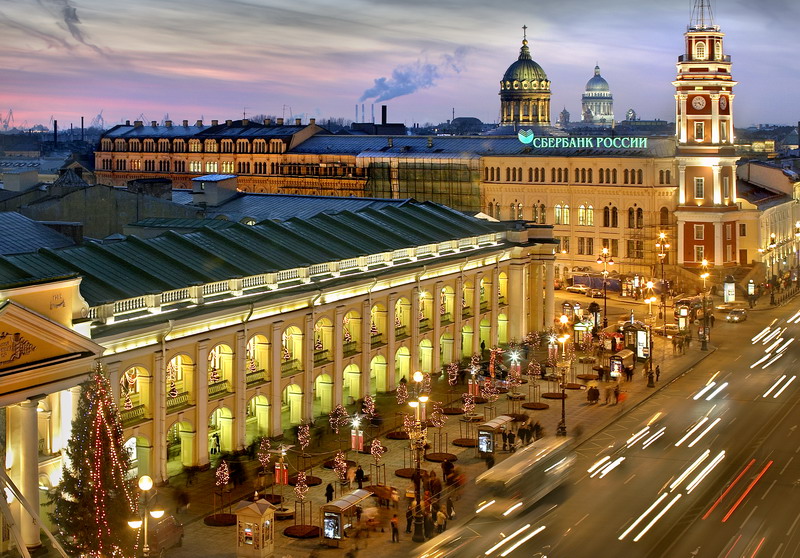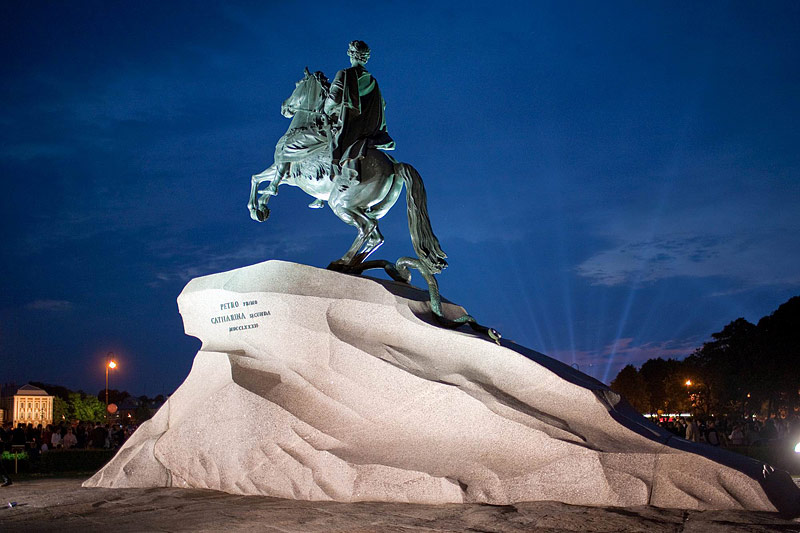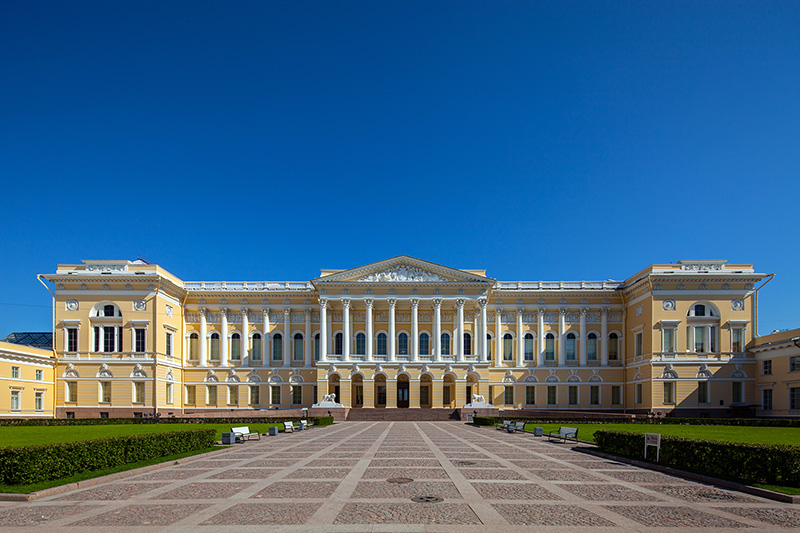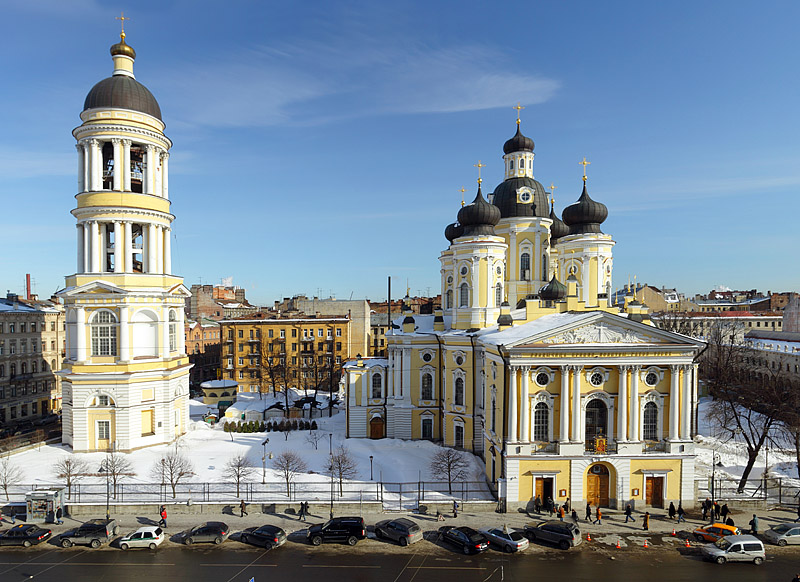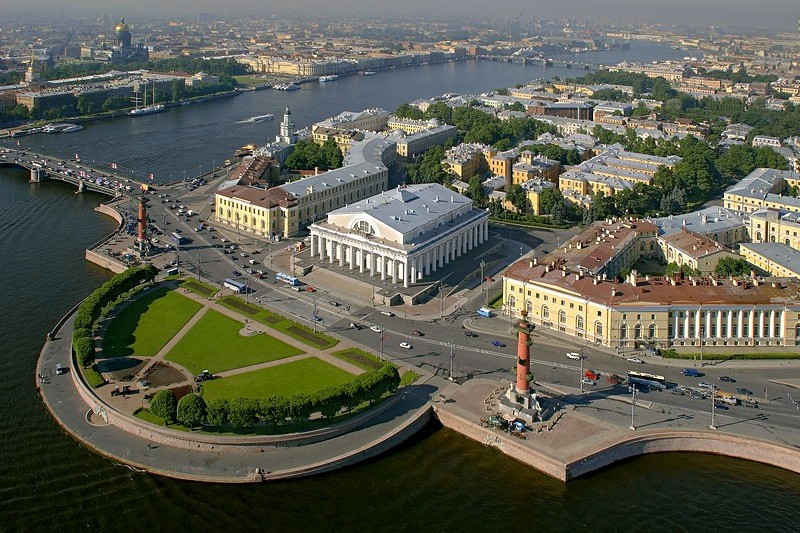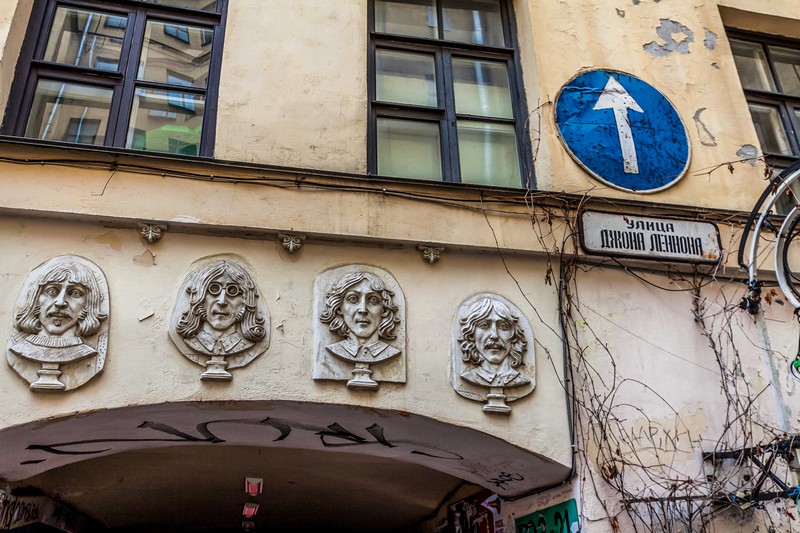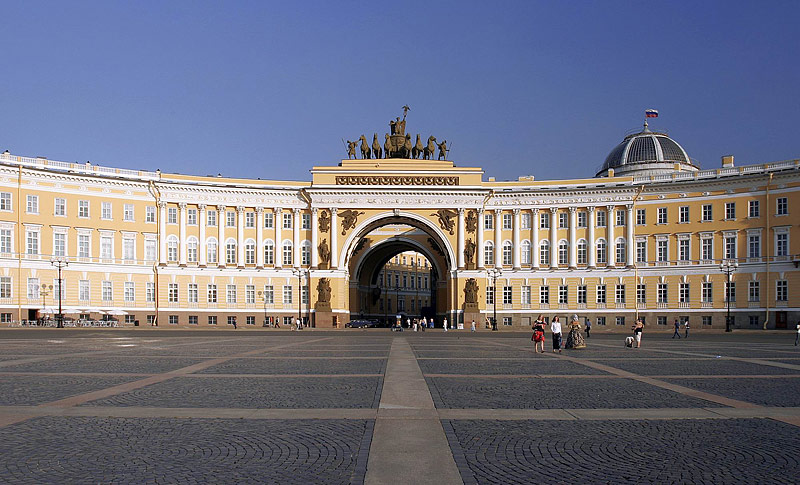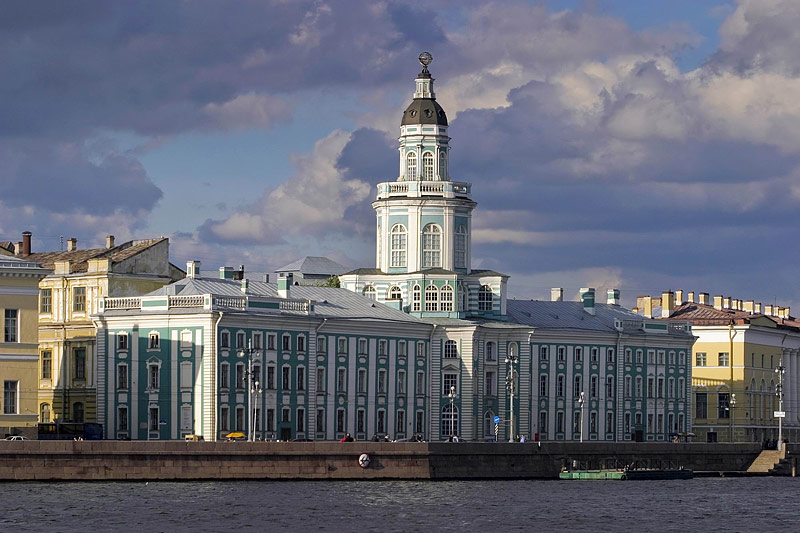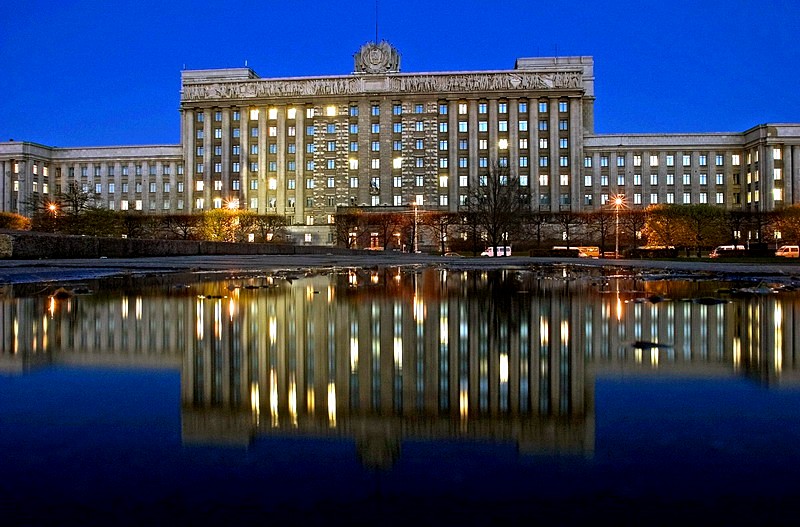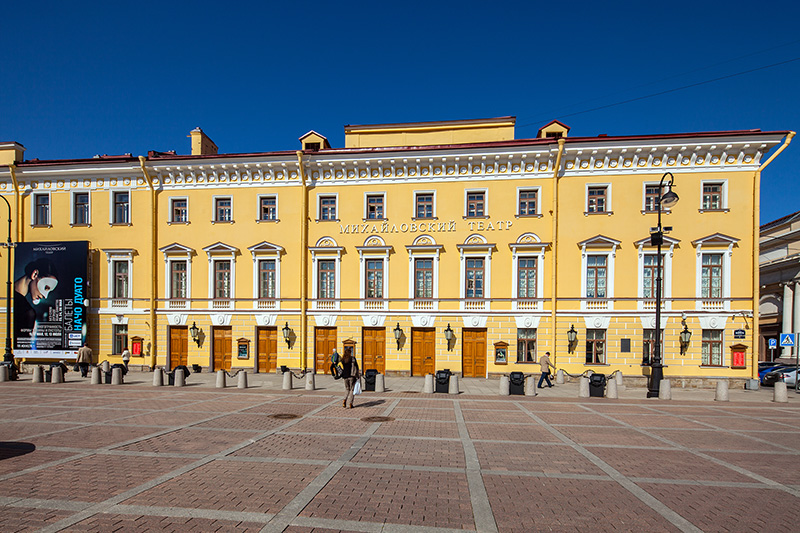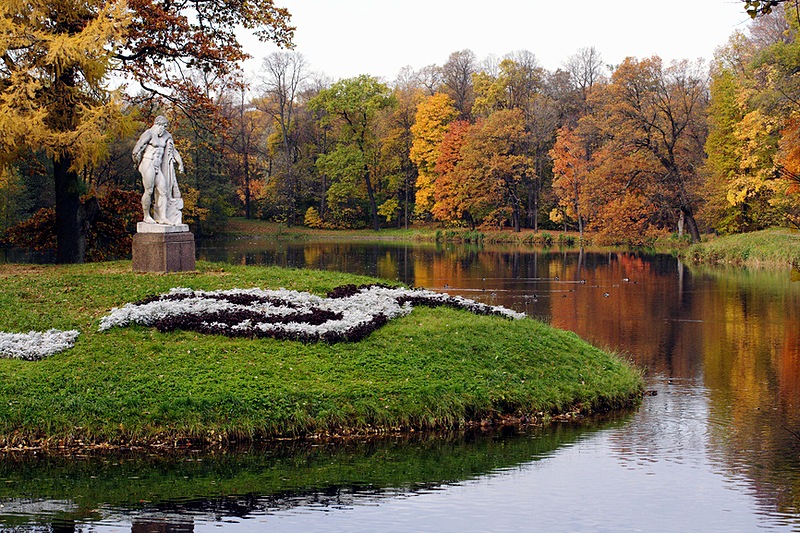Undoubtedly St. Petersburg's most famous visitor attraction, and universally acknowledged as one of the world's greatest treasuries of art and antiquities, the Hermitage is a name to be conjured with, and reason enough on its own for many travelers to book a trip to St. Petersburg.
The Hermitage Museum now spans several sites, but for most visitors it is the main collection in the Winter Palace that is an essential component of any St. Petersburg itinerary. Here you'll find not only centuries of European fine art and a rich collection of Greek and Roman antiquities, but also the astonishingly opulent 18th and 19th century state rooms of Russia's imperial family.
Since the summer of 2014, much of the Hermitage's renowned collection of impressionist and post-impressionist art (in terms of artistic quality, undoubtedly the highpoint of the collection) has been transferred across Palace Square to the General Staff Building, so if your main reason for visiting the Hermitage is to see the art, then you have to consider making time for the second location, possibly with a break for refreshments between the two.
Time
Optimal: One day for the Winter Palace and General Staff Building collections.
Minimum: Two hours
Further reading
Explore the Hermitage: An introduction to St. Petersburg's greatest museum.

